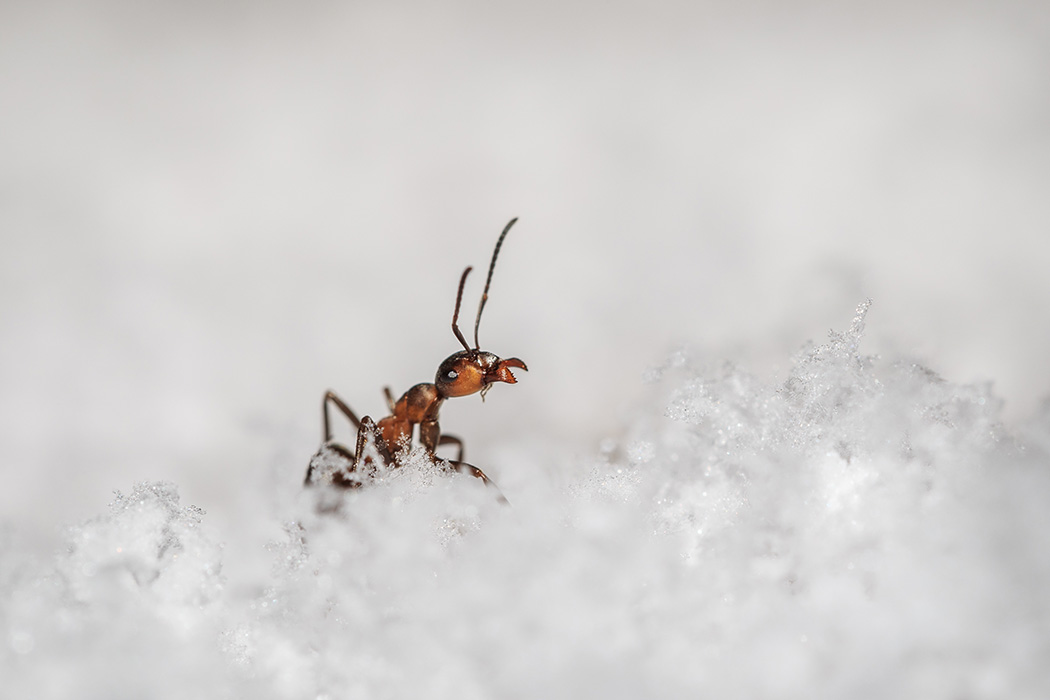
Animals defend themselves from the cold in a variety of ways. Bears hibernate, which is known information. They overeat to raise their fat reserves in order to survive the winter, and then they seek shelter in warm dens. Some animals spend the winter hiding out underground, beneath the snow, or underwater.
However, species that spend their winters above ground must withstand extended periods of cold, often well below freezing. The various ways that insects have evolved to survive the winter are described in a 1996 research by Kenneth B. Storey and Janet M. Storey.
Arctic insects and related animals will employ a technique known as freeze avoidance. Despite the cold, they maintain a fluid state throughout their bodies. Their bodies’ extracellular regions experience ice formation, but not the cells themselves.
Some spider and mite species have antifreeze proteins in their blood to prevent them from ever freezing; if they did, they might not be able to unfreeze. These critters are able to stay liquid before they freeze because to a process called supercooling that they use to survive.
To survive the winter, a lot of insects and amphibians rely on a trait known as freeze tolerance. The creature must reduce its metabolic activities and freeze half of its body as part of this procedure. An insect with inherent freeze tolerance turns at least 50% of its body water into ice. In this way, even a tiny beetle can endure a severe winter of snow.
Freeze tolerance, or the ability to partially freeze during the winter, has three main benefits. In contrast to animals that hide underground, a species can emerge early when spring temperatures arrive. For example, wood frogs and spring peepers are active at breeding ponds weeks before aquatic-hibernating frogs, according to Storey and Storey.
A species can evade predators by having freeze tolerance. Delaying the onset of spring helps shield insects from young predators’ peak feeding times, ensuring favorable conditions for survival. Finally, if a species can endure subfreezing temperatures, it can live in unusual habitats. For instance, the woolly bear caterpillar, which only feeds in the summer and can endure temperatures as low as -70 degrees Celsius, may be found on Ellesmere Island in Canada. It is highly freeze-tolerant.
Although the processes of freeze tolerance and avoidance are similar, some species have evolved to favor one over the other, probably because of their environment or metabolic requirements.
In many regions, life is regularly characterized by winter or frigid weather. Although creatures that do not hibernate are not shielded by snow, their distinctive winter adaptations show the diversity of the animal realm.

Leave a Reply